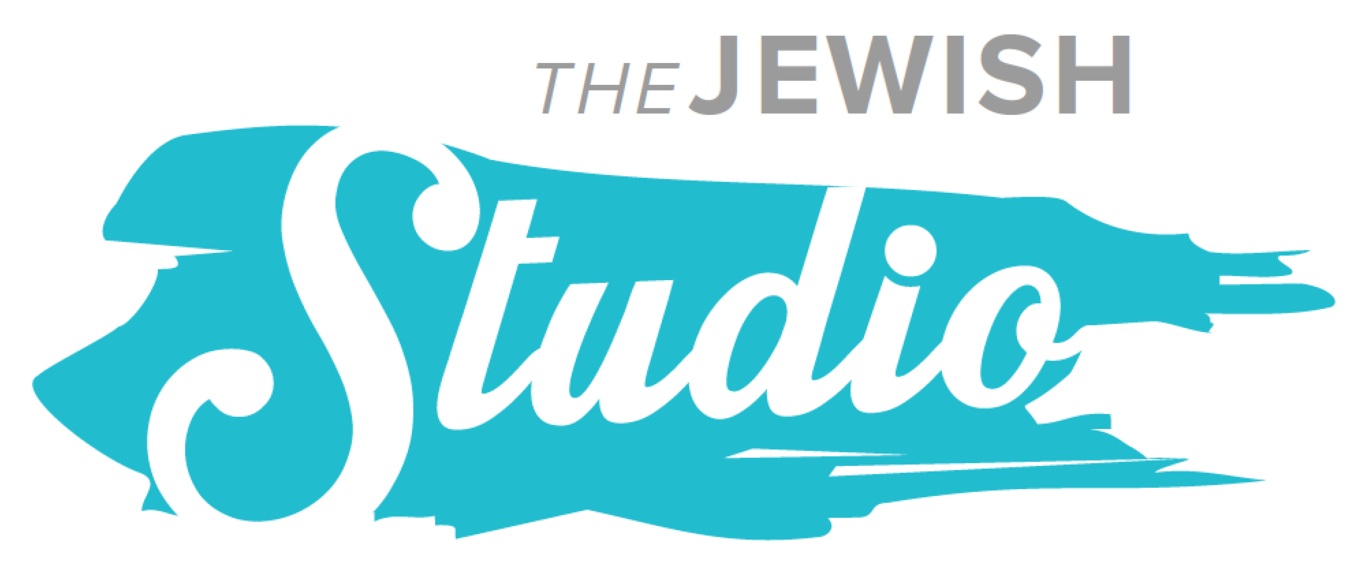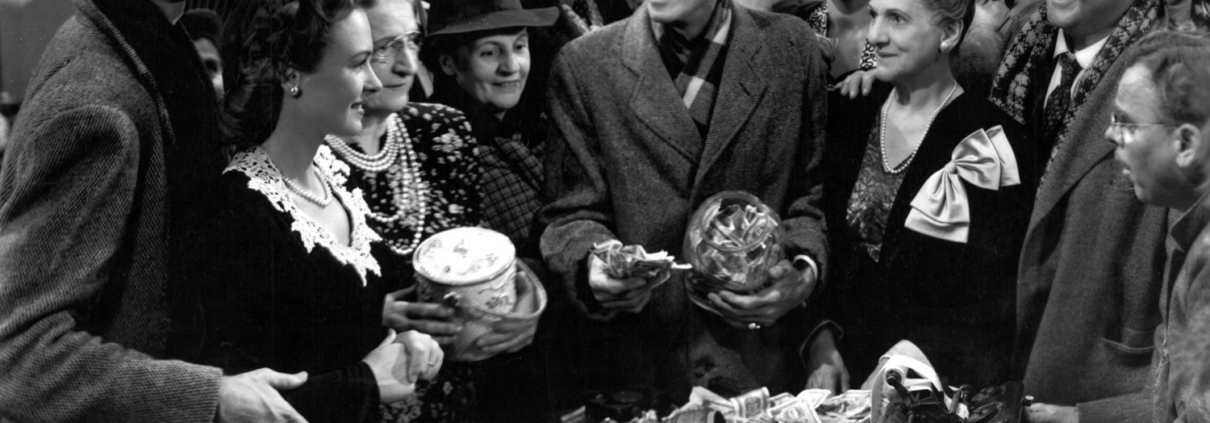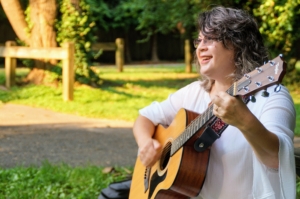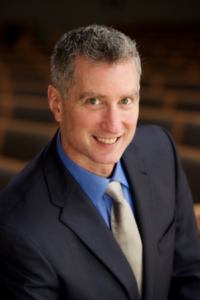George Bailey’s Wonderful Life
I love the scene at the end of the Christmas movie “It’s a Wonderful Life” when the community turns a plea to save George Bailey from financial ruin into a celebration. In the history of the Jewish people, we find one instance in Torah when the people were giving so gladly that they gave to excess and had to be told to stop. While these two instances may seem extraordinary, they represent an important ideal. The experience of giving should be a cause for joy and not consternation.
As the Israelites wandered through the desert, community was established in response to the trauma of servitude and the experience of fleeing Egypt. In this week’s Torah portion, parashat Vayakhel, we learn more about the construction of the mishkan (the portable sanctuary carried through the desert).
The mishkan itself and all of the elements therein were made from materials donated by the community and crafted by leading artisans of the community. It is as if I.M. Pei, Maya Lin, and Nate Berkus were all engaged in the design and furnishing of a structure for God’s presence to be manifest.
With community donations and the leadership of skilled designers, the whole community is represented in this essential communal structure. While the High Priest, alone, enters the heart of the Sanctuary to offer ritual sacrifices, he enters to perform his duties with the benefaction of an entire people. The mishkan was constructed of communally donated materials but it was sustained by the ongoing financial and spiritual investment of the people.
Today’s Jewish community structures are not so different from the mishkan. Through Jewish organizations we provide the opportunity to make God’s presence manifest. Yet, the fundraisers are troubled and many givers are reticent. What may have been forgotten is that communities bind together in delight when we honor the spiritual pact to support one another. Just as the High Priest symbolically brought the people with him into the Sanctuary, by supporting Jewish organizations in our communities we create a relationship whereby we are brought symbolically into the mishkan, to feel the presence of God.
As my colleague Rabbi David Markus writes: “What happened to a generosity culture so universal that Moses had to say, “No more!”? We must learn the mishkan’s lesson about democratizing generosity. We must reorient Jewish spiritual building to the goal of cultivating a truly universal culture of giving.”
Torah teaches that financial participation in community endeavors is an opportunity for delight rather than dismay. May we continue to grow and deepen our communal responsibility and our commitments to one another with generosity and joy.
Rabbi Evan Krame






 Evan J. Krame was ordained as a rabbi by the
Evan J. Krame was ordained as a rabbi by the